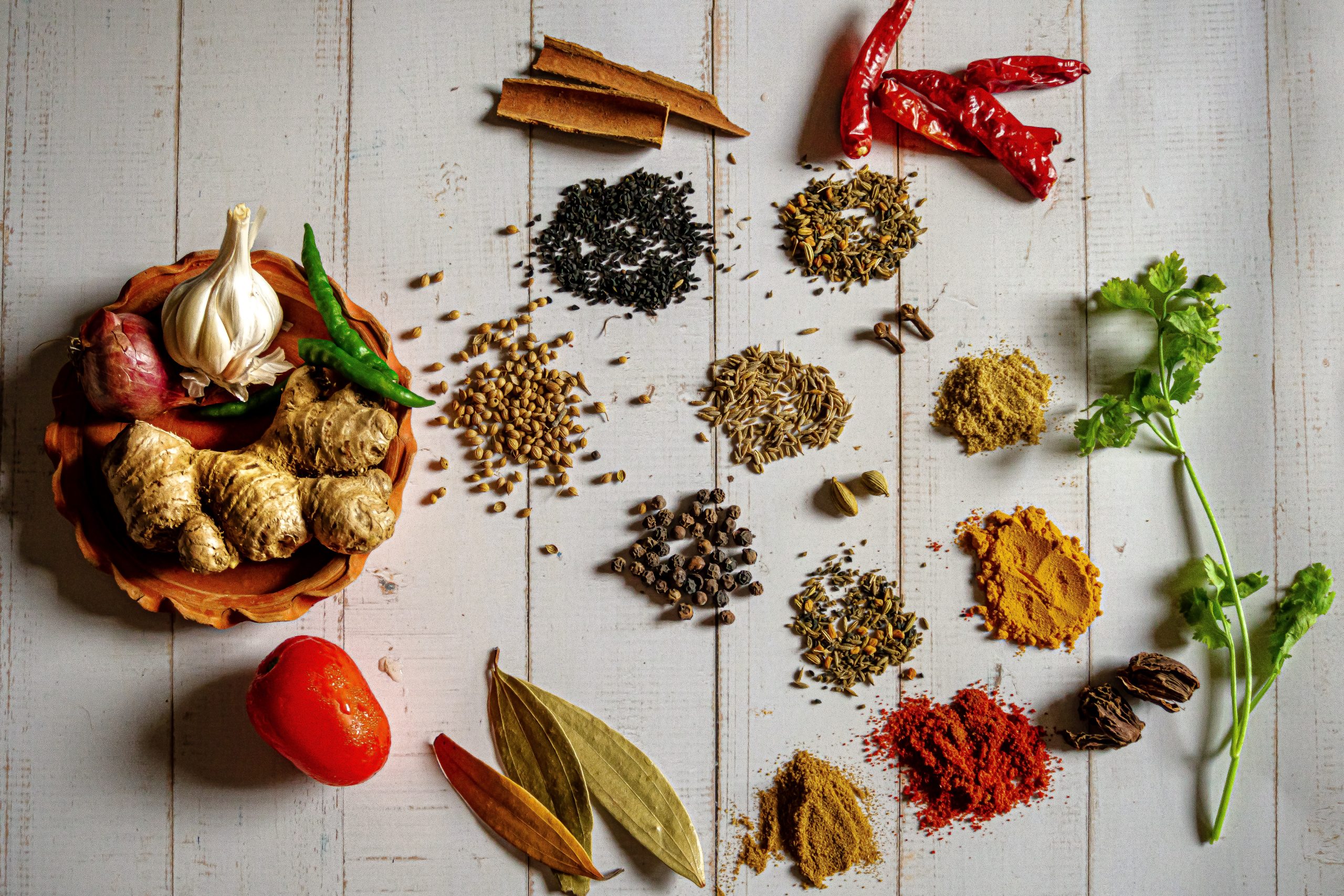Culinary ideas and ingredients have changed drastically since the beginning of human existence— from the origin of fire and foraging to microwaved meals and fast food. As global human interaction has increased, cross-cultural exchange has made cuisine more dynamic across international boundaries. The origins of this idea of mass global exchange can be traced back to the Silk Road, a network of trading routes between Japan, the Pacific Islands, the Arabian Peninsula and Europe. This network encouraged the trade of goods and services, especially spices, most of which became staple elements in national cuisines around the world.
Established as early as 2000 B.C. and flourishing through the transition into the common era, the Silk Road featured trading ports by land and sea. It connected the Roman Empire, Persian Empire, Kushan dynasty and Han dynasty. The Silk Road earned its title due to the valuable nature of Chinese silk, which was a commodity that individuals in Europe and the Middle East were looking to acquire as a symbol of wealth and luxury. Often, horses, camels, gold and cotton were traded in exchange for the silk. Spices were also among the list of goods traded along the Silk Road. This ancient form of globalization led to diversification of culinary traditions across Asia, Europe and North Africa.
Spices were incredibly valuable for a couple of reasons. They were rare and difficult to grow, found only in the south of China, Indonesia, southern India and Sri Lanka. This scarcity made spices luxury items, as the spices traded along the Silk Road could not grow and flourish in the climates of Europe or North Africa. Outside of the culinary realm, spices were used for medicinal and spiritual purposes, which gave them a sense of cultural significance. Trading of spices, other crops and culinary techniques fostered a space where shared cultural and culinary traditions could exist.
The use of spices for medicinal and culinary purpose dates back to 6 million years ago, but did not begin to flourish until the presence of the Silk Road. In China, nutmeg, cloves, cassia (cinnamon) and ginger have been found as early as the third century B.C. Nutmeg and cloves became massively popular in northern Europe, and were exported to the New World during the British colonization of present-day Guyana. Long after the age of imperialism, these spices can still be found in Guyanese national dishes.
Cassia is now a major feature of Indian cooking found in madras curry powder and garam masala. It is also found in national dishes around the world, like in Mexico’s mole and barbacoa, and in eastern European babka.
In India, spices like black pepper, turmeric and cardamom are among the most popular and have been used in dishes since before the Silk Road. Black pepper is a major spice used around the world, especially in Europe in dishes like France’s steak au poivre or mussels from Italy. It’s also featured in southern Asian dishes like Singapore’s black pepper crab. Turmeric and cardamom remain popular in India and other southeastern Asian countries, like Sri Lanka, but it is also featured in north African cuisine, like Morocco’s dafina or Tunisia’s chebtiya meatballs. Many Pakistani dishes feature turmeric and cardamom as well.
Spices like caraway, poppy seeds, mint, garlic, fennel and coriander can be traced back to ancient Greece and Rome. These spices are mentioned throughout the writings of Greek philosophers and physicians as medicinal elements. They were also featured in spiced wines and scented oils. Garlic and fennel are featured as main ingredients in most western European dishes, and serve as staple spices virtually everywhere in the world as well. Poppy seeds remained popular in Europe, specifically in Poland and Ukraine. Mint has become a staple around the world as well, and is featured in Puerto Rican mojitos, Vietnamese pho and Indian chutney.
Centuries after the Silk Road fell out of use, European explorers set out to find direct routes to India to acquire more Indian spices without going through the Middle East. This eventually led to the discovery of the Americas and thus, the colonization of Africa and the Americas began. The exploration to the New World spread the spices that were traded along the Silk Road to the indigenous populations of the Americas. With the rise of slave trade in the Atlantic, enslaved peoples brought African cooking techniques to the Americas, creating a culinary melting pot. Dishes from Puerto Rico and Honduras feature a combination of traditional ingredients from the Americas, spices from Spain, and culinary techniques from Africa. This culinary hybridization would not have taken place without the influence of trade along the Silk Road.
The ancient trade routes of the Silk Road can be traced throughout the history of almost the entire world. This major trade route facilitated the exchange of culinary specialties across Asia, Africa, the Middle East and Europe, allowing certain spices to slowly integrate themselves into dishes around the world. The Silk Road’s influence on culinary identity can still be seen around the world today. Understanding the origins of spices and the national dishes they inspired fosters a cross-cultural, global comprehension of ancient trading routes and the impacts of colonialism.
















